Whether we like to admit it or not, skateboarding is made up largely of dichotomies. You can be hesh or fresh, rock or rap, tech or gnar, carcass tosser or manual master, and the list goes on and on. This is why jazz music is such an important part of skateboard culture. It does not fit into any of these categories that we have become so comfortable with. The music itself is based on the premise of improvisation. The best jazz musicians combine precise technical ability with an element of surprise and a style all their own, much like the best skateboarders. Traditionally, jazz music has not always been the soundtrack to skateboarding, but when used correctly it has produced some of the most transcendent moments on film. These are a few of those moments:
1991
As with many trends in skate culture (most recently the VHS video editing craze), Mark Gonzales was a pioneer of setting jazz music to skateboarding. His seminal part in Video Days just made sense, Gonz and Coltrane is the perfect synchronization of two masters of improvisation. When it came out, Mark Gonzales was already an established pro and the skate community was waiting to finally see video footage of this guy that helped invent street skating in the mid 80’s. For this and several other reasons, Gonz skating to a jazz song was not questioned at the time. Even though jazz was a far cry from the punk rock sounds of skate music at the time, it was the Gonz, and everything he does is both bizarre and perfect.
1994
Jason Lee and Chris Pastras made almost equally as impactful a statement as the Gonz with the Stereo video, A Visual Sound. They stuck their finger into the hole that Gonz had made for jazz music in skateboarding and ripped it wide open. Not only did they use jazz throughout the entire video, rather than just one section, but also incorporated classic jazz record aesthetics into their advertisements and board graphics.
While Stereo was making a big splash on the west coast with their full jazz aesthetic, Dan Wolfe was setting the groundwork for an East Coast vernacular in jazz videos with his independent film, Eastern Exposure 2. The first two Eastern Exposure videos are pure mythology to most people that didn’t live in New England during those years. However, EE2 features great jazz parts from both Ricky Oyola and Matt Reason and the Philly section set to Coltrane’s “Blue Train” is legend.
Similarly underground, though right under the nose of the industry in San Francisco, Forties Clothing put out a short video titled Amigos in the same year. The soundtrack by Tommy Guerrero accompanies a glimpse into the part of the Bay Area scene that lived mostly in the hills and not at the Embarcadero or Pier 7.
1996
The New York City section in Dan Wolfe’s Eastern Exposure 3 “Underachievers”, is a quintessential jazz section. Despite including an abundance of what now have become indie video clichés, (black and white footage, New York City, wallrides/wallies and other “simple” tricks, pushing through traffic), that may be met with a sigh if released today; this section is a classic. Every cameo, from stars like Kareem Campbell to low-key legends like Hamilton Harris, fit together perfectly and it even ends with one of the greatest video quotes of all time via Harold Hunter.
In contrast to Eastern Exposure 3, Guy Mariano’s part in Mouse of the same year proves that you do not have to adhere to any formal standards to put together a great jazz section. Mariano does it by putting on a bank-to-bench demonstration and drawing lines that combine spontaneity and technicality in a way that has rarely been matched since.
Toy Machine’s Welcome to Hell is known as a pioneer of handrail and big gap skateboarding. However, it is often overlooked for its diversity. Satva Leung comes through with a short but sweet part to the Overton Berry Ensemble that features the most befuddling illusion switch frontside flip in history.
2001
The criminally underrated Damien Smith, an Eastern Exposure alumni, put together an excellent part for Santa Cruz’s Uprising video. He brought classically Philly fast street lines and unorthodox obstacles into the 21st century.
2002
Much like the jazz influenced alumni of Video Days (Jason Lee and Guy Mariano), there is a group of skaters that had footage in Eastern Exposure 3 that all skated to jazz later in their careers. Jahmal Williams put together an excellent video part for DNA’s underrated Continuum video. In an early 2000’s of puffy shoes, cargo pants and ledge lines, Williams adheres partly to this formula but also has transition and rail tricks that make this a well-rounded section in an era with fewer all-terrain skaters. The Coltrane soundtrack that refers back to Gonz in Video Days as well as the screen shots of Coltrane and Picasso make this a classic.
2006
Like Jahmal Williams, Ricky Oyola had a section in Eastern Exposure 3 and went on to use jazz later in his career. Oyola’s company Traffic Skateboards’ first video, Via, is arguably the best video of the 2000s. This is due in no small part to the heavy jazz soundtrack. Instead of one standout jazz section, most of the video has similar sounding jazz by an unknown artist that complements the raw flowing street lines by untitled skaters.
2012
One of the standout jazz sections of recent years is the latest Magenta video, Hill Street Blues 2. It features a soundtrack that travels through jazz history as the video progresses. The first song is a classic jazz tune, the second a similarly jazzy number with some synthesized instrumentation and the third is on the brink of hip-hop or R&B. Most videos stick to the classic sounds of the fifties and sixties but Magenta takes a risk here and incorporates a new but no less raw sound in the second song as well as a mellower more rhythmic song for the ender. We grow with the video as we begin with an accustomed sound and are led to a song that is more contemporary and experimental for a skate video.
Vincent Alvarez’s long flowing part in Skate Sauce’s Hard Times But Good Times is another standout. Alvarez’s part seems to be a descendant of Guy Mariano’s section in Mouse. Both skaters manage to take the oversaturated milieu of Southern California and make them appear fresh and new with their smooth styles and surprising tricks. The Magenta video, on the other hand, is a film in the vain of A Visual Sound. They take the naturally flowing hills of San Francisco and find previously undocumented spots to create a cohesively jazz influenced video.
Related Posts
Comments
Popular
-
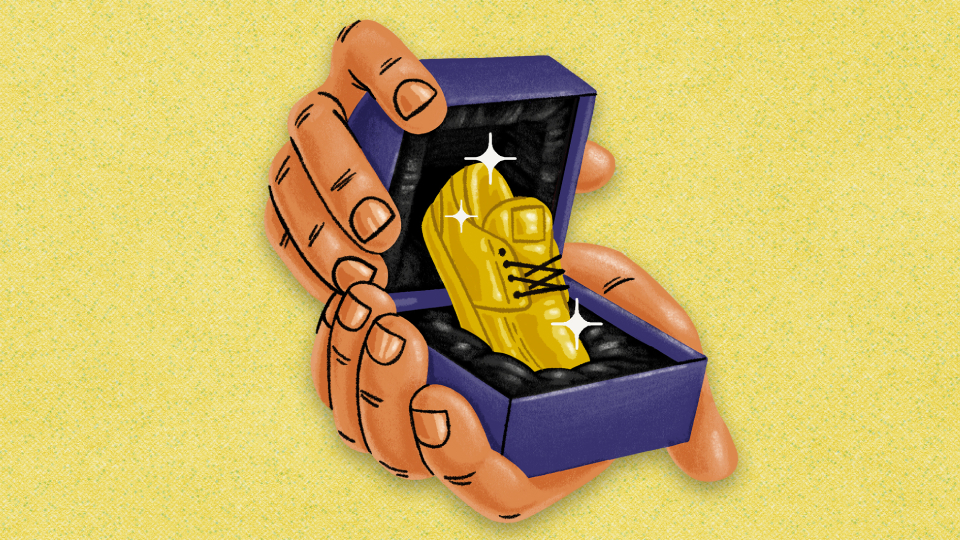 THE RISE AND FALL OF PRO MODEL SKATE SHOES
THE RISE AND FALL OF PRO MODEL SKATE SHOES
While there are still some exceptions, the signature shoe has largely evaporated from the skateboard industry. But, why?
-
 A CHAT WITH LUDVIG HAKANSSON, THE OLDEST SOUL IN SKATEBOARDING
A CHAT WITH LUDVIG HAKANSSON, THE OLDEST SOUL IN SKATEBOARDING
The man loves to read Nietzche, skates in some expensive vintage gear, and paints in his own neoclassical-meets-abstract-expressionist style.
-
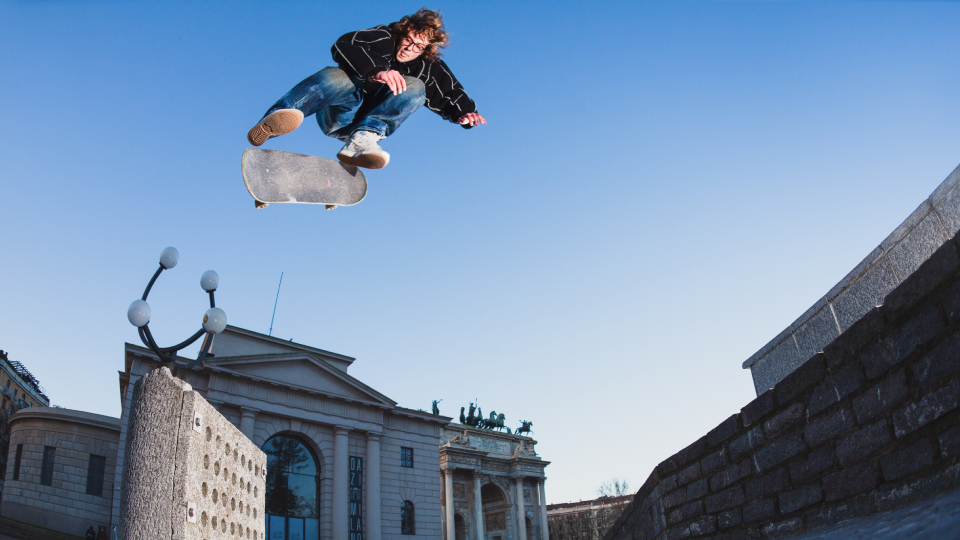 A LOOK THROUGH THE GLASSES OF VINCE PALMER, AKA CHICKEN LITTLE
A LOOK THROUGH THE GLASSES OF VINCE PALMER, AKA CHICKEN LITTLE
Get to know the 18-year-old German repping Baker and Supreme in Milan.
-
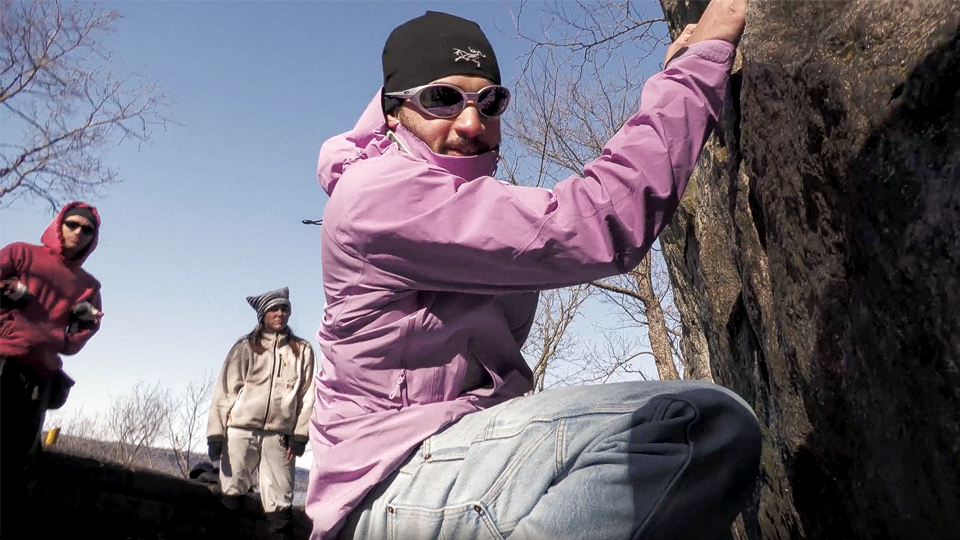 WHO ARE THE SKATERS RESURRECTING ROCK CLIMBING IN UPPER MANHATTAN?
WHO ARE THE SKATERS RESURRECTING ROCK CLIMBING IN UPPER MANHATTAN?
We met up with Joel Popoteur, an employee at Supreme and long-time skater to learn about his outdoor movement.
-
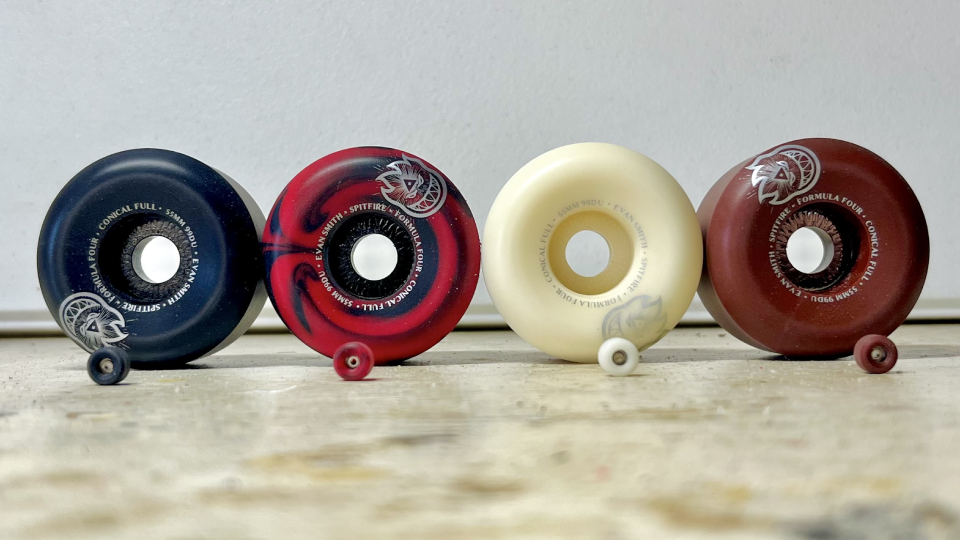 GOT OLD WHEELS? THIS GUY IS MAKING MINI FINGERBOARD REPLICAS WITH THEM
GOT OLD WHEELS? THIS GUY IS MAKING MINI FINGERBOARD REPLICAS WITH THEM
Honey, I Shrunk The Spitfires.

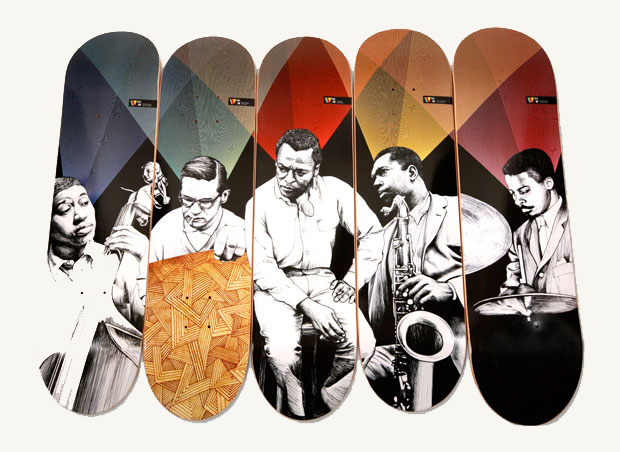
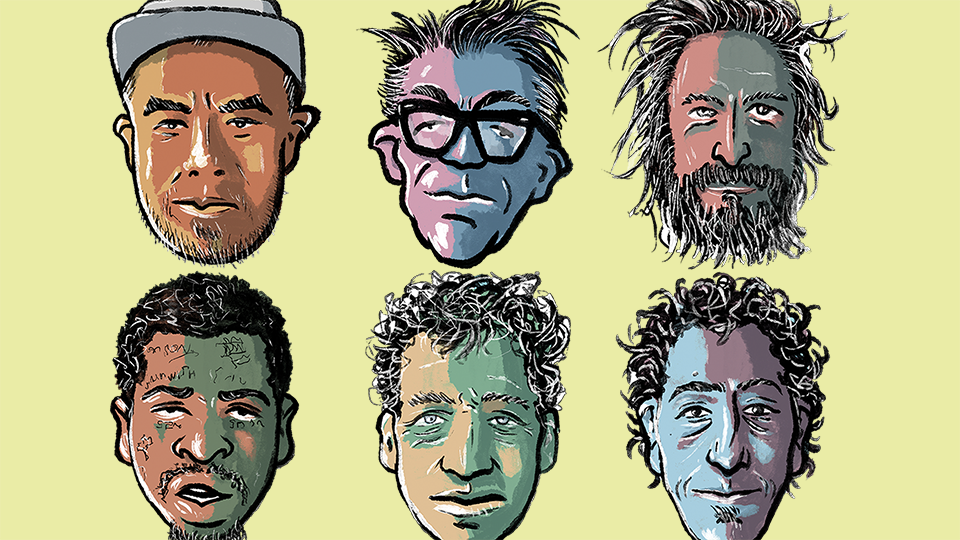
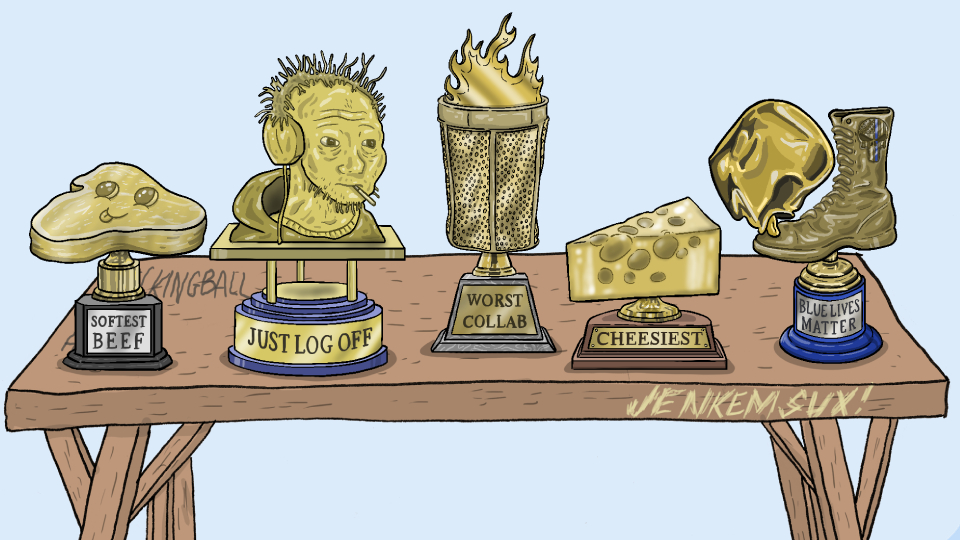
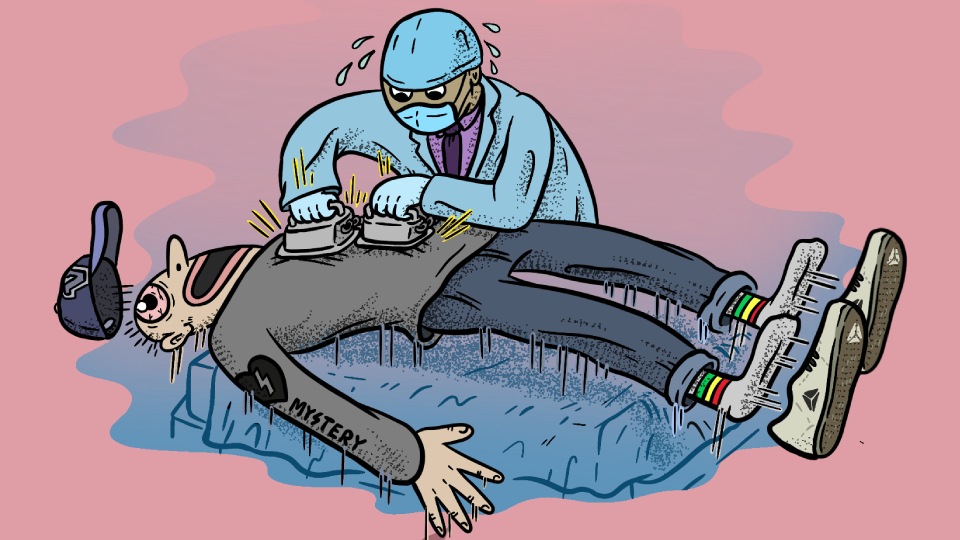
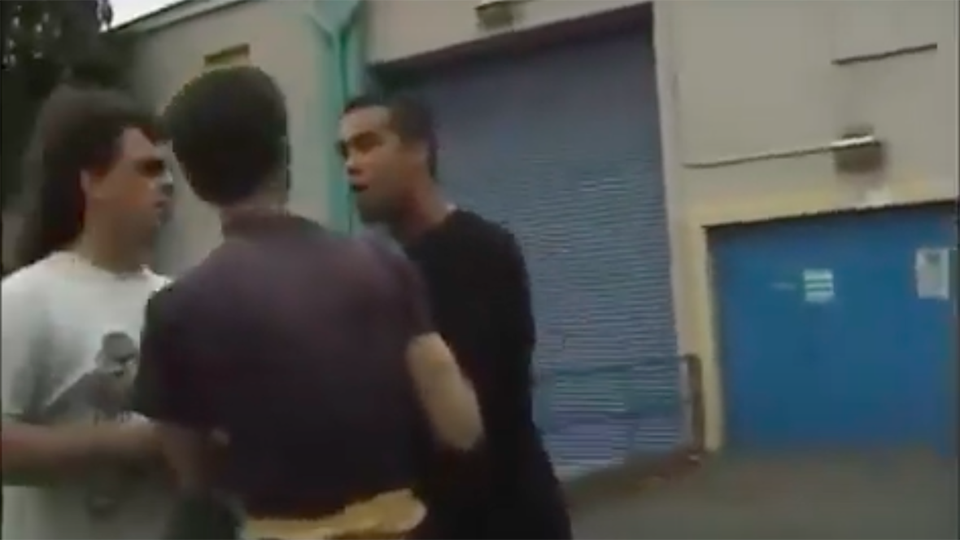
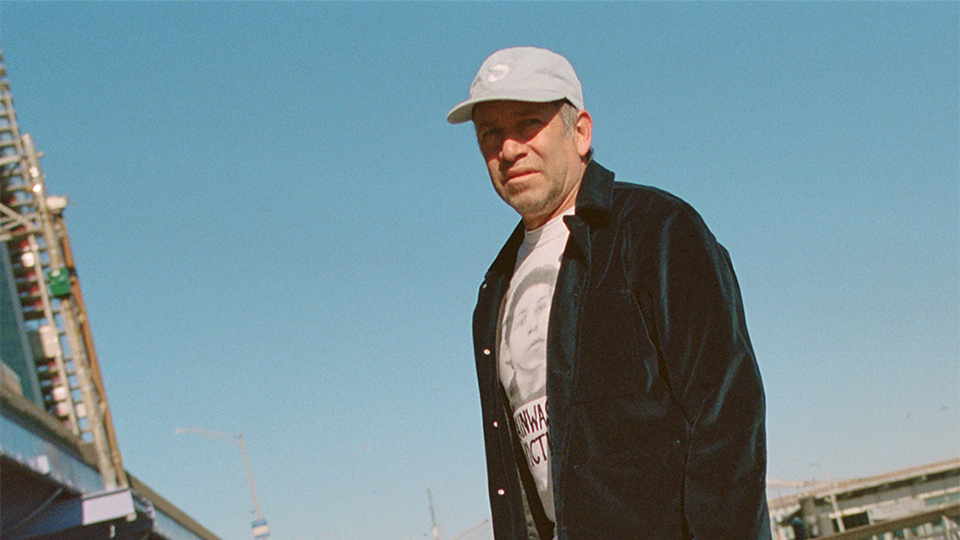
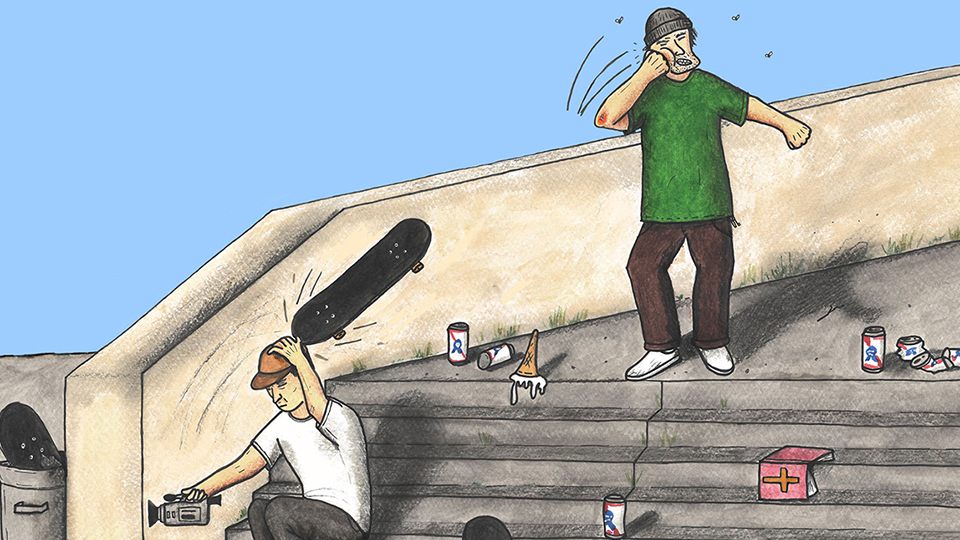
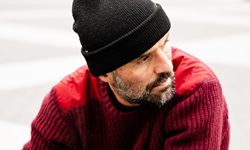
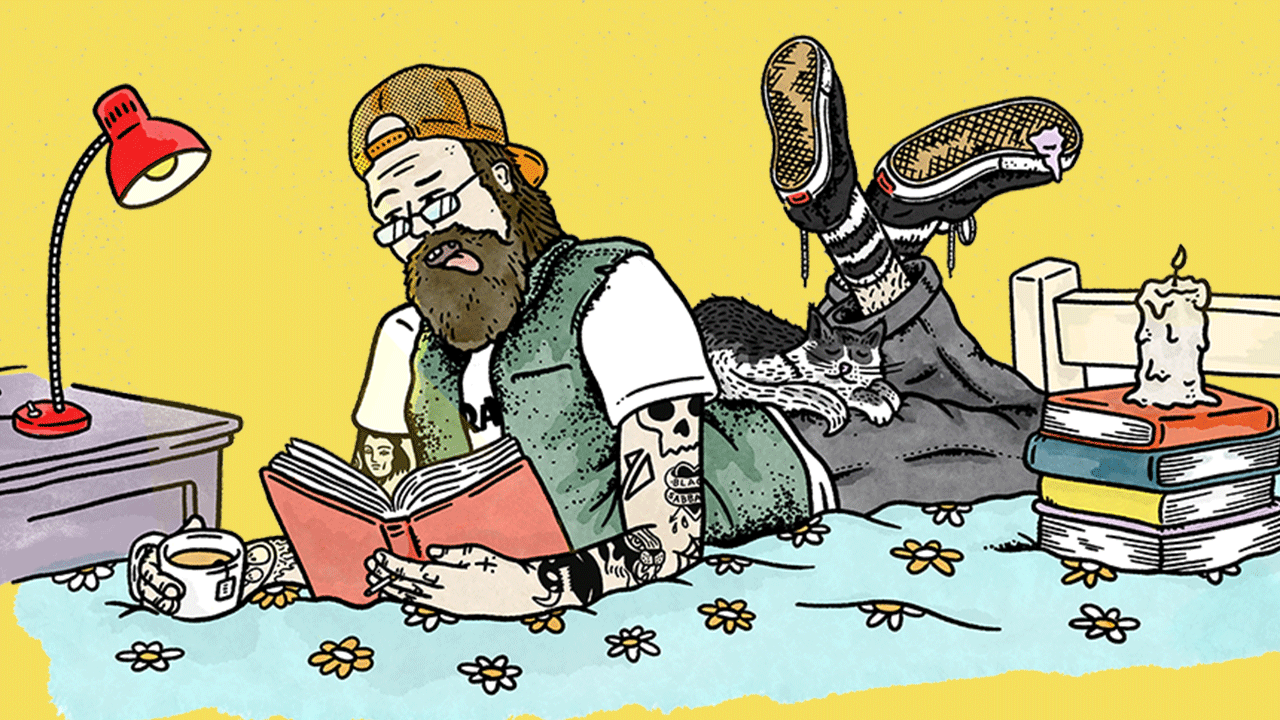
February 26, 2013 1:38 pm
Fuck yes, so good
February 26, 2013 3:35 pm
2001:Daryl Grogan’s “Solar obsession”
October 20, 2014 11:16 pm
dude – do you know where i can get track listing from that video? that soundtrack was amazing.
February 26, 2013 4:27 pm
Feeling this article! keep up the good content
February 26, 2013 4:28 pm
peanut butter and jelly in this bitch. YouTube Shawn powers night in the life. Shit is the goods dun